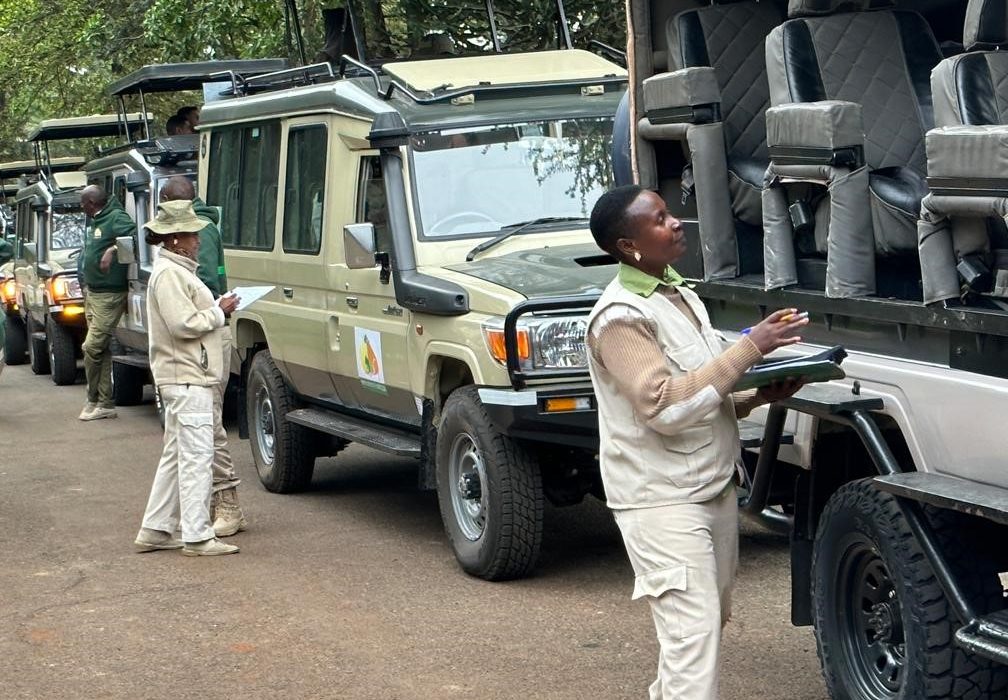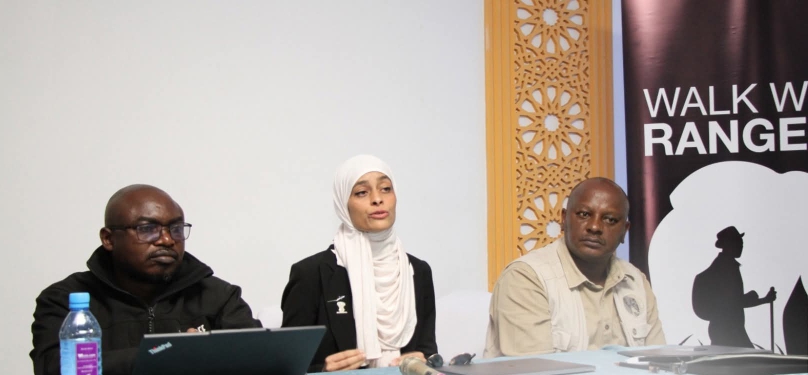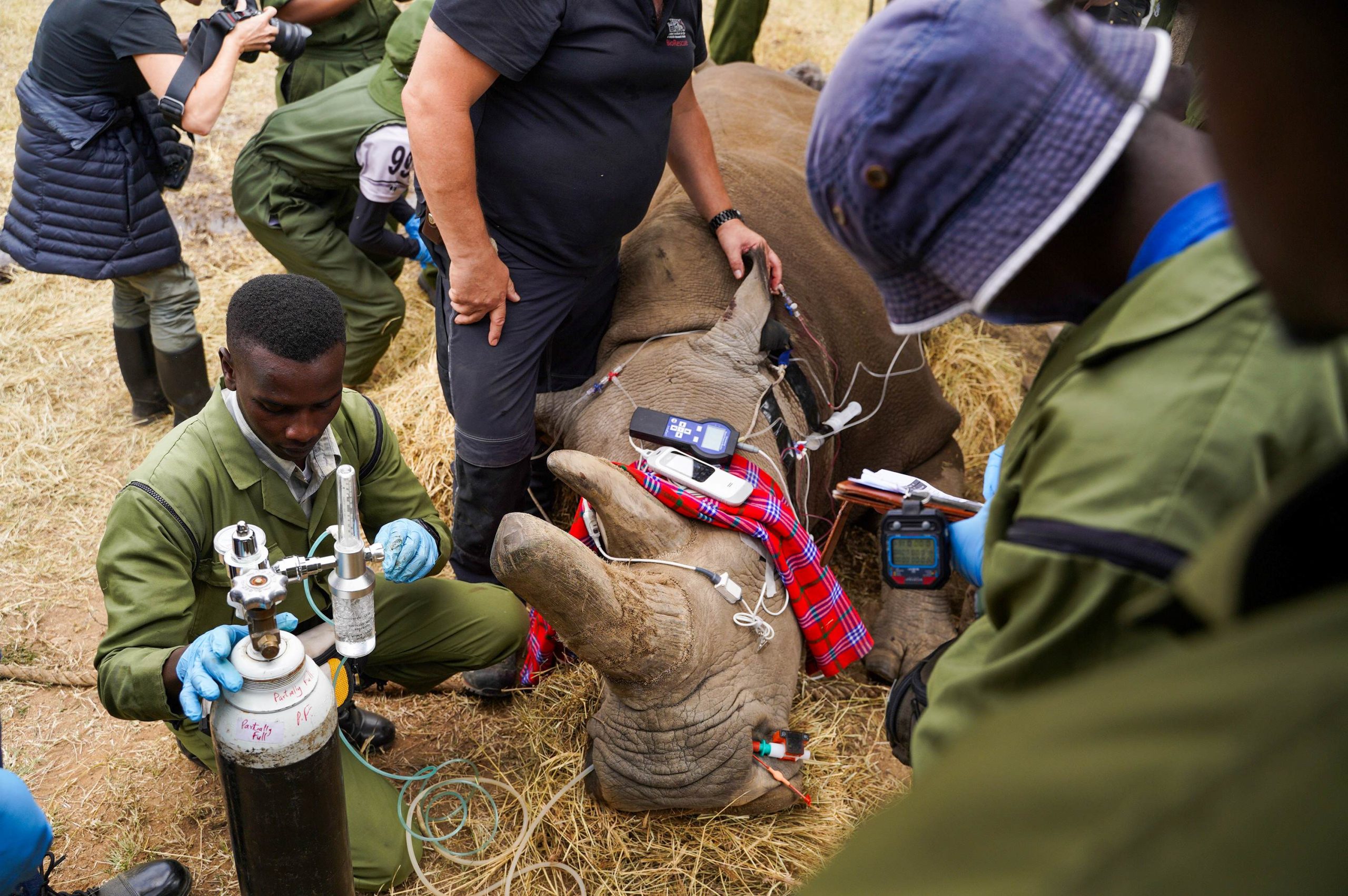By Eddah Waithaka
The Kenya Wildlife Service (KWS) is taking bold steps to secure the future of Kenya’s wildlife by proposing the first major review of park entry fees in 18 years.
The move aims to close a KSh 12 billion annual funding gap that has hampered anti-poaching efforts, habitat restoration, and human-wildlife conflict mitigation.
In the 2024/2025 financial year, KWS generated KSh 7.92 billion against a KSh 19.79 billion requirement**, severely limiting its ability to protect endangered species and maintain park infrastructure.
Rising operational costs, inflation, and stagnant revenue streams have forced the agency to seek sustainable solutions.
New Fee Structure to Boost Conservation Funding
Under the draft Wildlife Conservation and Management (Access and Conservation Fees) Regulations, 2025, KWS has proposed updated fees for national parks, reserves, and marine protected areas.
If approved, the changes are expected to double park revenues from KSh 7.92 billion (2024) to KSh 16.58 billion by 2028.
Prof. Erustus Kanga, KWS Director General, explained, “For over a decade, our fees have remained unchanged despite escalating costs and growing threats to wildlife. More than 90% of our revenue comes from tourism, yet we face a widening deficit that endangers conservation and the livelihoods of over a million Kenyans who depend on wildlife tourism.”
Where Will the Additional Funds Go?
The revised fees will provide essential funding for critical conservation initiatives, including habitat restoration for endangered species, expanded anti-poaching operations and wildlife security, mitigation of human-wildlife conflict, modernization of park facilities to enhance visitor experiences, and conservation education programs aimed at fostering community involvement.
Read More On : https://africawatchnews.co.ke/kilifi-families-receive-ksh-60-million-in-long-awaited-wildlife-conflict-compensation/
Balancing Affordability and Sustainability
KWS assures that Kenya will remain a competitive and accessible wildlife tourism destination.
The new pricing model, developed after an extensive impact assessment, aligns with the KWS 2024–2028 Strategic Plan, which aims to strengthen protection for endangered species, improve rapid responses to conservation threats, reduce reliance on government funding, and enhance service delivery for tourists.
“This is not just about revenue, it’s about securing Kenya’s wildlife for future generations,” Prof. Kanga emphasized.
“We must act now to protect our biodiversity and support communities living alongside wildlife.”
Public Participation Underway
KWS is conducting nationwide stakeholder consultations to ensure an inclusive and transparent review process. Wildlife tourism contributes 10% of Kenya’s GDP and generates over $1 billion annually, making sustainable financing crucial for both conservation and the economy.
With these changes, KWS aims to build a self-sustaining conservation model ensuring Kenya’s iconic wildlife thrives for decades to come.
Read More Stories At: https://africawatchnews.co.ke/







